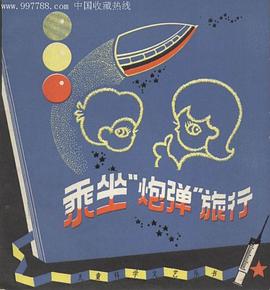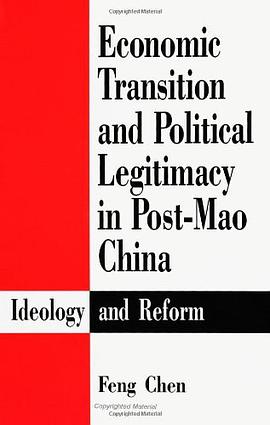

具体描述
The Tokugawa period brought 250 years of stability to Japan. The shogun had national authority & the daimyo had regional authority. This represented a new unity in the feudal structure, with increasingly large bureaucracy to administer the centralized & decentralized authorities. The Tokugawa became more powerful during their first century of rule: land redistribution gave them control of the most important cities, & a land assessment system reaping great revenues. The feudal hierarchy was completed by the various classes of daimyo with varying spheres of influences & control of land & revenue. The Tokugawa shogunate consolidated their control over the emperor, the court, all daimyo & religious orders. The Tokugawa helped the imperial family recapture its old glory by rebuilding its palaces & granting it new lands. To ensure a close tie between the imperial clan & the Tokugawa family, Ieyasu's granddaughter was made an imperial consort in 1619. A code of laws was established to regulate the daimyo houses. The code encompassed private conduct, marriage, dress, types of weapons, required feudal lords to reside in Edo every other year, prohibited the construction of ocean-going ships; proscribed Christianity; restricted castles to one per domain stipulated that bakufu regulations were the national law. The daimyo were not taxed per se, but were levied for contributions for military & logistical support, projects as castles, roads, bridges & palaces. The various regulations & levies not only strengthened the Tokugawa but also depleted the wealth of the daimyo, thus weakening their threat to the central administration. The daimyo did have full administrative control over their territory & their complex systems of retainers, bureaucrats & commoners.
作者简介
目录信息
读后感
评分
评分
评分
评分
用户评价
相关图书
本站所有内容均为互联网搜索引擎提供的公开搜索信息,本站不存储任何数据与内容,任何内容与数据均与本站无关,如有需要请联系相关搜索引擎包括但不限于百度,google,bing,sogou 等
© 2025 book.wenda123.org All Rights Reserved. 图书目录大全 版权所有




















